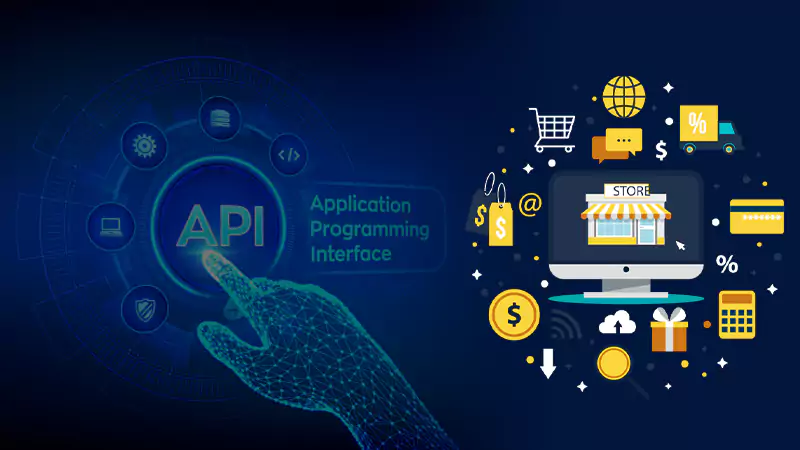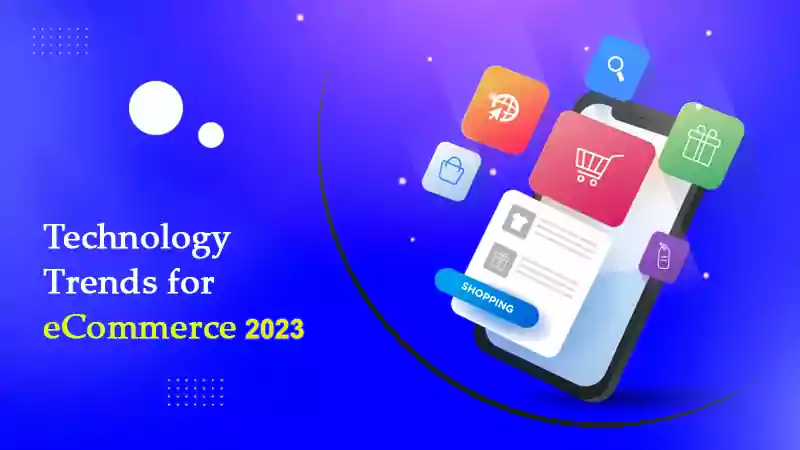What to Not Automate in the Customer Service Industry?
Automation technology has completely changed the game in the customer service industry. Most of the service agents believe that it is becoming increasingly challenging to manage case volume. This means that customers who spend a lot of their time online have higher expectations, which can become a burden for employees at a company that is under-resourced. This is definitely not ideal for customer satisfaction. Moreover, big-time executives also believe that a good employee experience can bring about good customer experiences. The answer to that is automation, which has the power to answer customer queries without relying on a human customer support agent.
Automation has many benefits in the customer service industry. Digital tools can be used to provide solutions to some customer problems. In turn, that can lessen the burden of human agents, who can focus on more trivial matters. Many companies use this method to respond to customer queries. Even Comcast Xfinity has automated live chats to answer basic FAQs for their subscribers. When the queries get too complex, a human agent from Xfinity customer service takes over to deal with the same issue.
But is automation the answer? Should it be applied in every aspect of the customer service industry? Before answering that, let’s have a look at what can be done through automation in the customer service industry.
Automation in Workflow
This is one of the significant developments that has been made in customer service through automation. It allows companies to automate processes that would otherwise take hours to get done if carried out manually. Hence, it can drastically reduce the amount of time spent on the process for both the customer and the customer support agent. These human service agents can instead dedicate their focus and resources to tasks that need a human flair.
24/7 Support
With the help of technology, businesses can now have customers from all over the world, from different time zones. Automated customer support agents can provide assistance to customers when human support agents are not available. Chatbots are one example of such automated technology that allows online assistance throughout the day, without needing any human interaction.
Minimized Human Error.
Customers don’t like getting bounced from one support to another. The customer service industry basically owes it to the customers to resolve their queries as fast as possible, which is where automation comes in.
Human agents do put on their best to help out the customers, but they still tend to develop muscle memory for customer inquiries. These support agents also don’t have the time to carry out in-depth analysis in every call. Hence, in such scenarios, automated customer services have context-sensitive intelligence before answering any query.
Field Service Automation.
Traditional field service includes fixing a broken washing machine or other appliances. In this scenario, a specific issue is determined with the broken appliance and the right technician with the right skills is then deployed. However, Artificial Intelligence technology can be used to make appointments, set up a reminder for the technician, pull up billing information, etc. In healthcare, the technology can be used to schedule a nurse for a patient, send a notification if a patient is in need, etc.
In the customer service industry, automation lessens the load of field agents who get overwhelmed by the basic tasks that get in their way of helping the customers. There is plenty of software that allows for AI-powered scheduling, inventory control, guided safety protocol, etc.
What should not be automated in Customer Service?
As already discussed above, automation is a game-changer in the customer service industry. However, it cannot be the complete solution to every issue in customer service, and some of the tasks where automation shouldn’t be used are discussed below;
- Some tasks might require intervention and improvisation from the agent to carry out the best results
- AI-based programs are designed to solve queries like products information, billing information, and other FAQs, which means that they cannot resolve issues that are too complex and require human intuition
- Automated customer service might follow predefined steps but it still lacks an empathetic touch.
- Customers might also view the automated customer service systems as a threat, which is where human agents are required to provide more personalized support
- Sometimes customer support agents go the extra mile to make sure their customers’ issues are resolved, which cannot be expected from automated programs
- Also, most of these automated programs aren’t really robust as they seem, hence companies will need to invest in substantial technical resources for an exceptional design
Final Thoughts
With the technology that is available today, one would think why not use the automated system to provide better service and support to the customers. But automated customer service cannot do the job completely since there is still a human touch needed in most scenarios.
Tips for Promoting Your Fitness Business Online
Blossoming Horizons: The Intersection of Flowers and Technology
Boosting Your E-commerce Performance with Managed Hosting
Why WordPress Payment Plugins are Vital for Successful…
How APIs Can Benefit an Ecommerce Business
Top 4 Technology Trends for eCommerce This 2023
What are Potentiometer Knobs, Their Uses, and Where…
The Best Methods for Enhancing your Ecommerce Blog
5 Reasons Why Fresh Food Delivery Boxes Can…
20 Trending Ecommerce Products to Sell Online in…
The market is Booming & Your B2C Ecommerce…
Best Platforms for Building Marketplace












